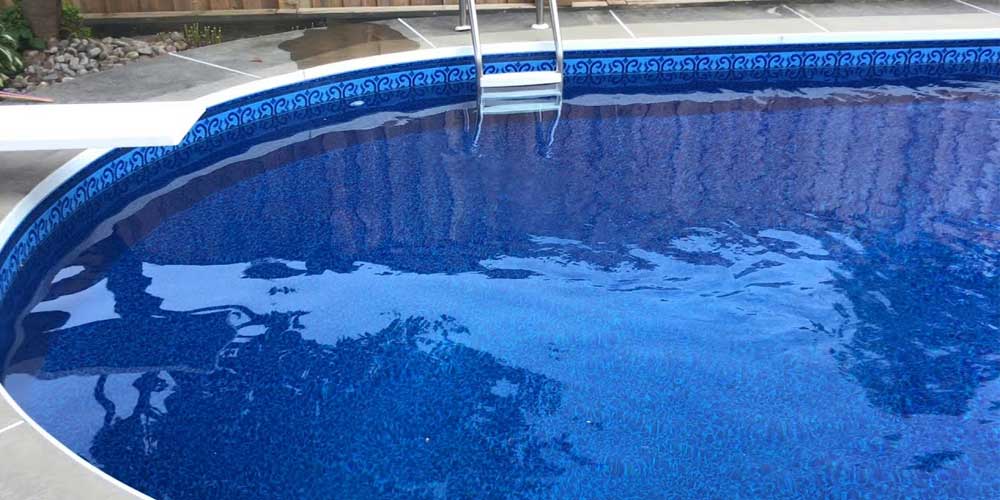Kemikalier til swimmingpoolsspiller en afgørende rolle i at opretholde vandkvaliteten og sikre en sikker og behagelig svømmeoplevelse for brugerne. Disse kemikalier virker gennem forskellige mekanismer for at desinficere, sterilisere, afbalancere pH-niveauer og rense vandet. Her er en detaljeret forklaring af, hvordan de fungerer:
Klor er måske det mest almindeligt anvendte kemikalie i svømmebassiner til desinfektion. Det virker ved at frigive hypoklorsyre, når det opløses i vand. Klor er yderst effektivt til at dræbe bakterier, vira og alger i vandet. Klor kan også oxidere organiske forurenende stoffer som sved, kropsolier og urin, hvorved ubehagelige lugte fjernes og vandets klarhed opretholdes.
Brom:
Brom er et alternativ til klor, der ofte bruges i indendørs pools eller spaer. Ligesom klor frigiver brom hypobromsyre, når det opløses i vand, hvilket fungerer som et kraftigt desinfektionsmiddel. Brom er mindre flygtigt end klor ved højere vandtemperaturer og er effektivt over et bredere pH-område, hvilket gør det velegnet til små indendørs pools eller spaer, hvor pH-udsving er almindelige.
pH-justerere:
Det er afgørende at opretholde pH-niveauet i poolvandet for effektiv desinfektion og forebyggelse af hud- og øjenirritation. pH-justerende midler som natriumcarbonat (pH plus) og natriumbisulfat (pH minus) bruges til at hæve eller sænke pH-værdien. Korrekte pH-niveauer sikrer også, at andre kemikalier, især klor eller brom, forbliver effektive.
Alkalinitetsjusterere:
Total alkalinitet refererer til vandets evne til at modstå pH-ændringer. Natriumbicarbonat bruges almindeligvis til at øge den totale alkalinitet i poolvand. Korrekte alkalinitetsniveauer hjælper med at stabilisere pH-værdien og forhindre hurtige udsving, hvilket sikrer effektiviteten af klor eller brom.
Justerere af calciumhårdhed:
Kalkhårdhed refererer til koncentrationen af calciumioner i vandet. Lav kalkhårdhed kan føre til korrosion af pooloverflader, mens høje niveauer kan forårsage dannelse af kalk. Calciumklorid bruges til at justere kalkhårdhedsniveauer og opretholde vandbalancen.
Algedræbende midler er kemikalier, der er designet til at forhindre eller kontrollere algevækst i svømmebassiner. De virker ved at forstyrre algernes cellemembraner eller hæmme fotosyntese. Algedræbende midler indeholder kvaternære ammoniumforbindelser, kobberbaserede forbindelser eller polymere kemikalier, der effektivt bekæmper alger.
Klargøringsmidler:
Poolvand kan blive uklart på grund af opslæmmede partikler såsom snavs, olier eller affald. Klargøringsmidler fungerer ved at koagulere disse små partikler til større klynger, hvilket gør det lettere for filtreringssystemet at fange og fjerne dem. Polyaluminiumchlorid eller polymere klargøringsmidler bruges almindeligvis til dette formål.
Chokbehandlinger:
Chokbehandlinger involverer tilsætning af en stærkt koncentreret dosis klor eller ikke-klorchok for hurtigt at oxidere organiske forurenende stoffer og genoprette vandets klarhed og hygiejne. Denne proces hjælper med at nedbryde kloraminer (kombineret klor), eliminerer bakterier og alger og forynger effektiviteten af almindelig klor eller brom.
Kort sagt fungerer kemikalier til swimmingpools gennem en kombination af desinfektion, pH-regulering, vandbalancering og filtreringsforbedring for at opretholde rent, klart og sikkert vand for svømmere. Regelmæssig testning og korrekt kemikaliedosering er afgørende for at opnå optimal vandkvalitet og forebygge problemer som algevækst, bakteriel kontaminering og skader på udstyr.
Opslagstidspunkt: 27. marts 2024


